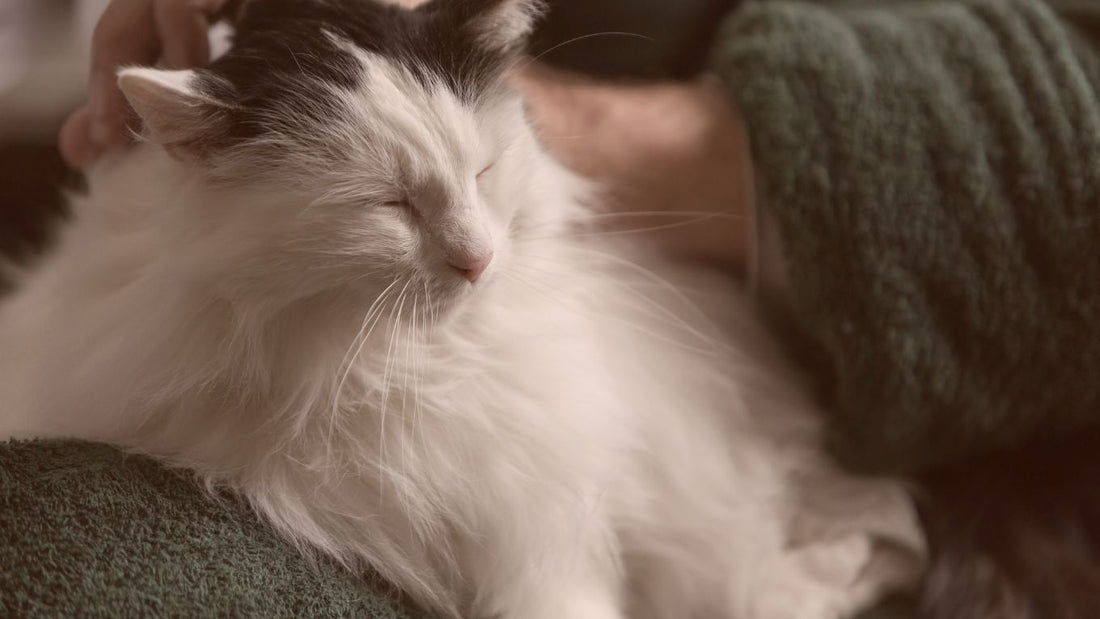We all know cats are graceful, mysterious little creatures. But did you know that most cats over the age of 12 are living with osteoarthritis (OA) and they often don’t show it in ways we’d expect?
Is Your Cat Slowing Down? It Might Be More Than Age




24/7 monitoring of your cat's behavior. Peace of mind for you, daily protection for them.